Ascend 1952
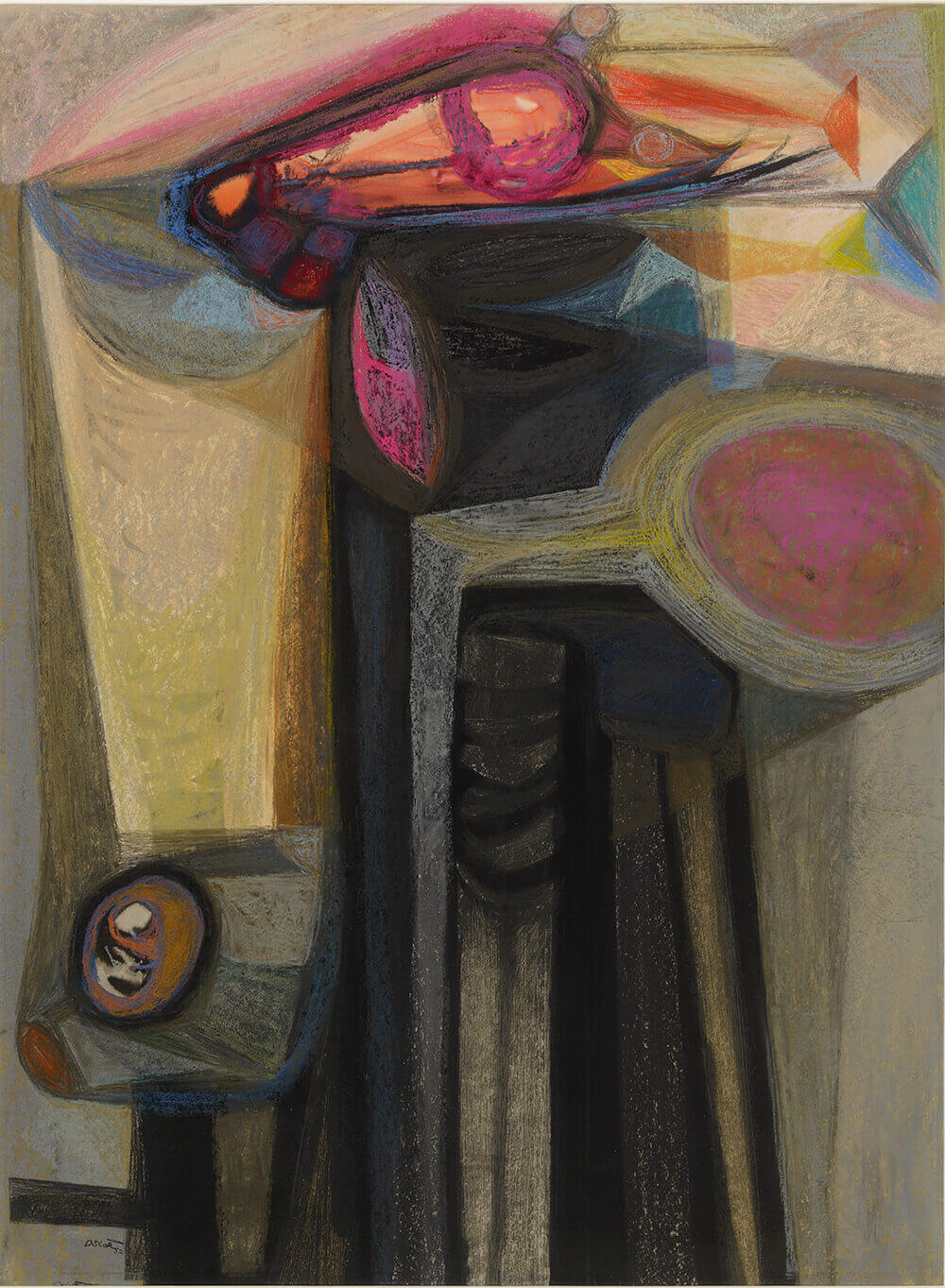
Oscar Cahén, Ascend, 1952
Watercolour, pastel, and charcoal on illustration board, 97.5 x 75.9 cm
Robert McLaughlin Gallery, Oshawa
Oscar Cahén had been experimenting with abstraction since at least 1949, but it was not until 1952 that he entered a completely abstract work, Ascend, into an Ontario Society of Artists (OSA) show. This was also the first of his exhibited pieces to adopt a verb for a title, inviting (or commanding) the viewer to engage with the painting as an experience rather than a thing. Ascend, coming on the heels of Cahén’s exploration of Christian themes and just as he was entering a period of intense creative activity, conveys a powerful sense of rebirth.
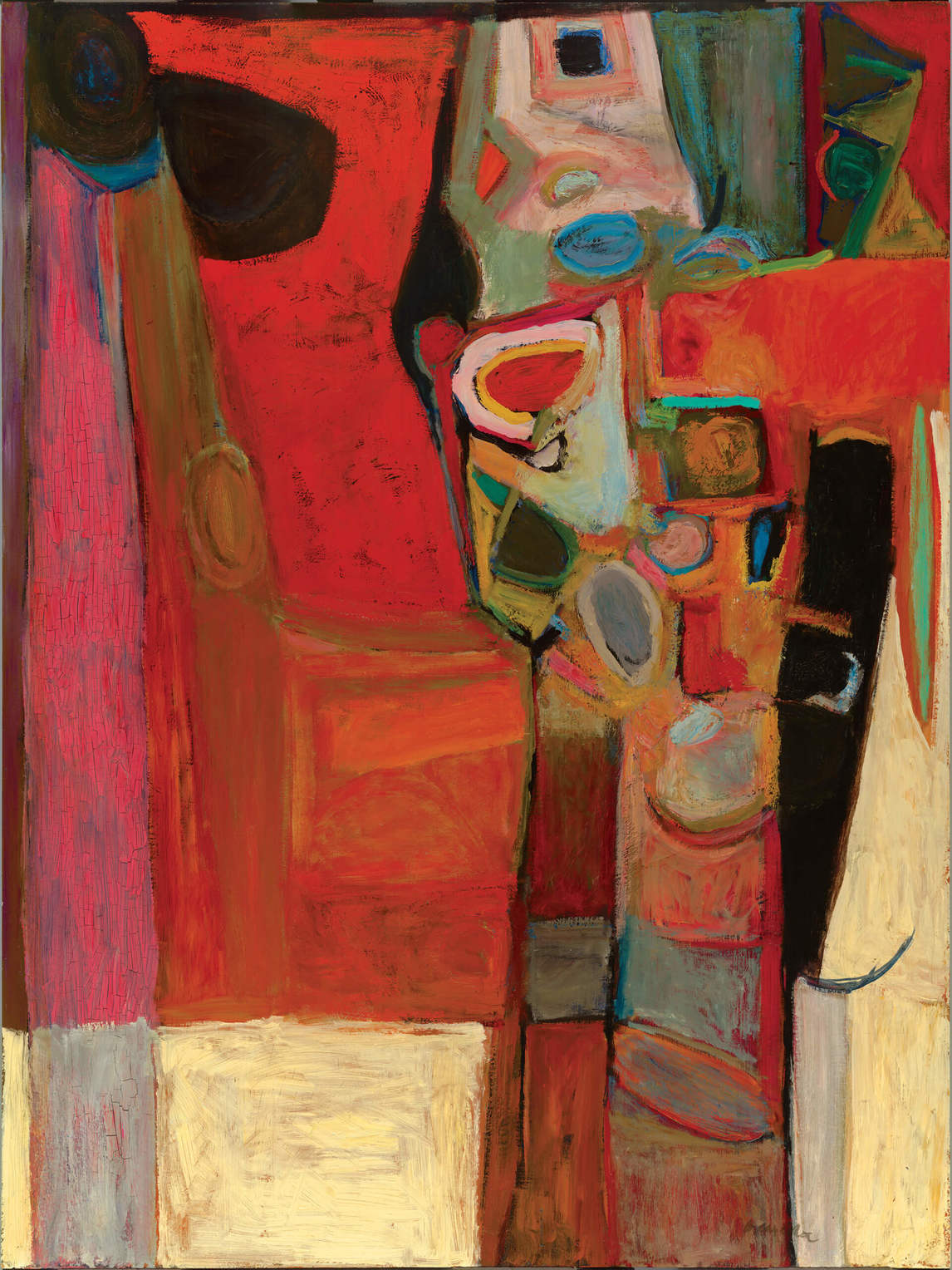
The painterly drawing hints at upward movement with hard-edged vertical lines and shafts, the imperfectly rounded forms trapped in or escaping geometric confines. Contrasts of dark and light and illusions of transparency give an atmospheric impression of sun penetrating a gloomy place. The composition tautly suspends its shapes and lines in relation to the corners and sides of the canvas, each and every part vital to the balance and dynamism of the whole. This concern with design over the entirety is a departure from Cahén’s prior tendency to use the edges of a work to merely frame a centred object.
Cahén continued Ascend’s dramatic contrasts of dark and light in Requiem, c. 1953 (current location unknown), a canvas included in the prestigious 2nd Bienal de São Paulo, Brazil, 1953–54; he rehearsed its basic structure again in Object d’Art, c. 1953. The latter’s self-reflexive title, which was typical of many of his from this period, shows Cahén becoming interested in the materiality and status of artworks as artifacts. For the next few years the artist was preoccupied with paintings that treat their spaces as design problems to be solved with strict compartmentalizations defined with heavy, gestural lines and bold colours calculated to elicit an emotional response. Ascend marks the beginning of this important phase.

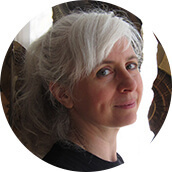 About the Author
About the Author
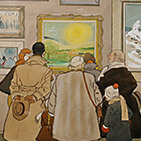 More Online Art Books
More Online Art Books
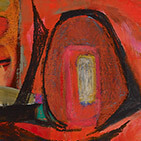 Acknowledgements
Acknowledgements